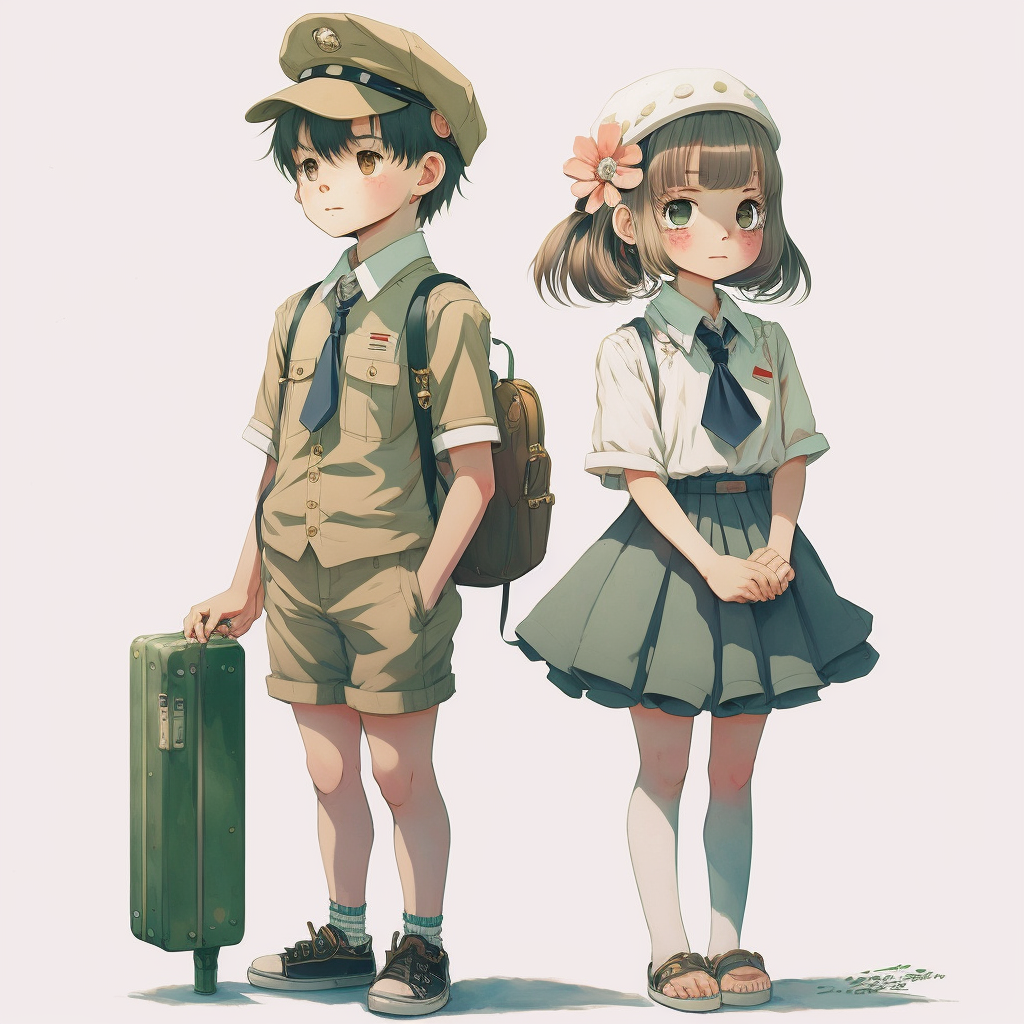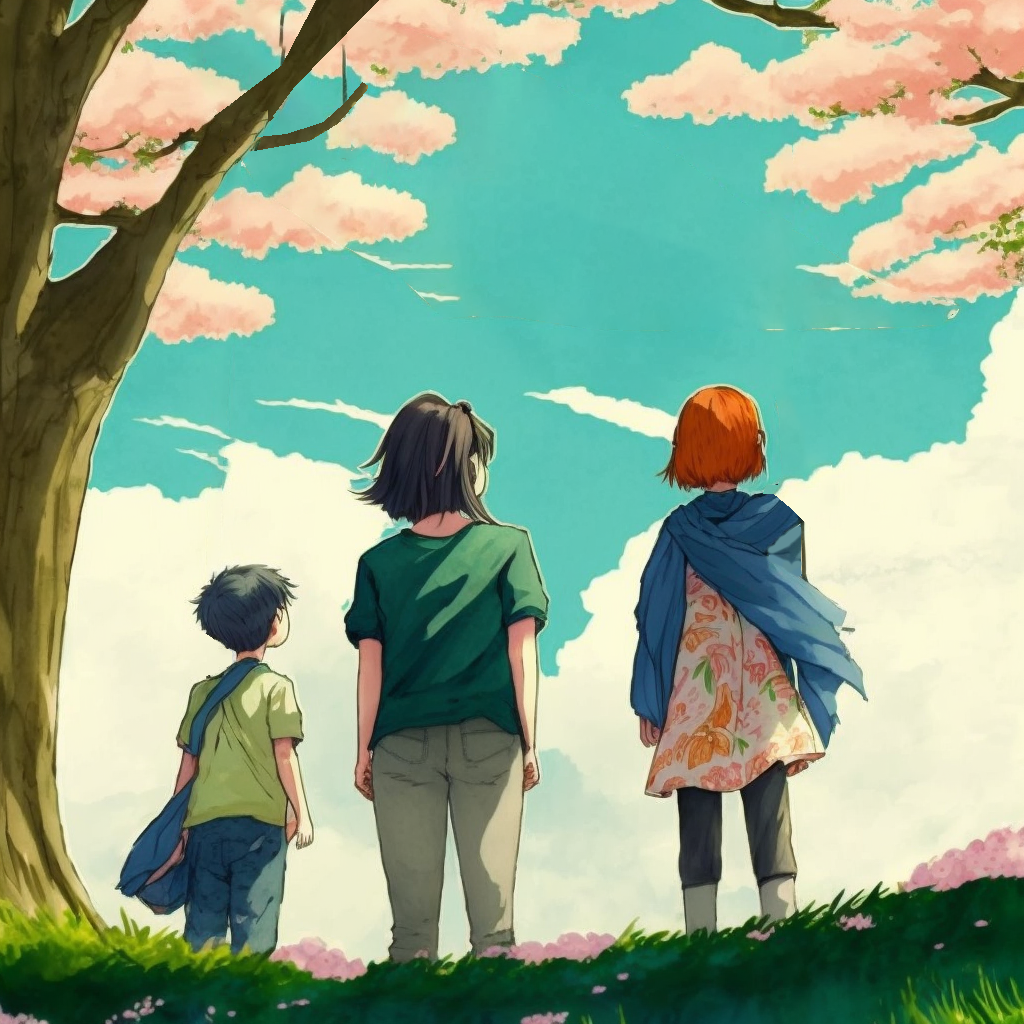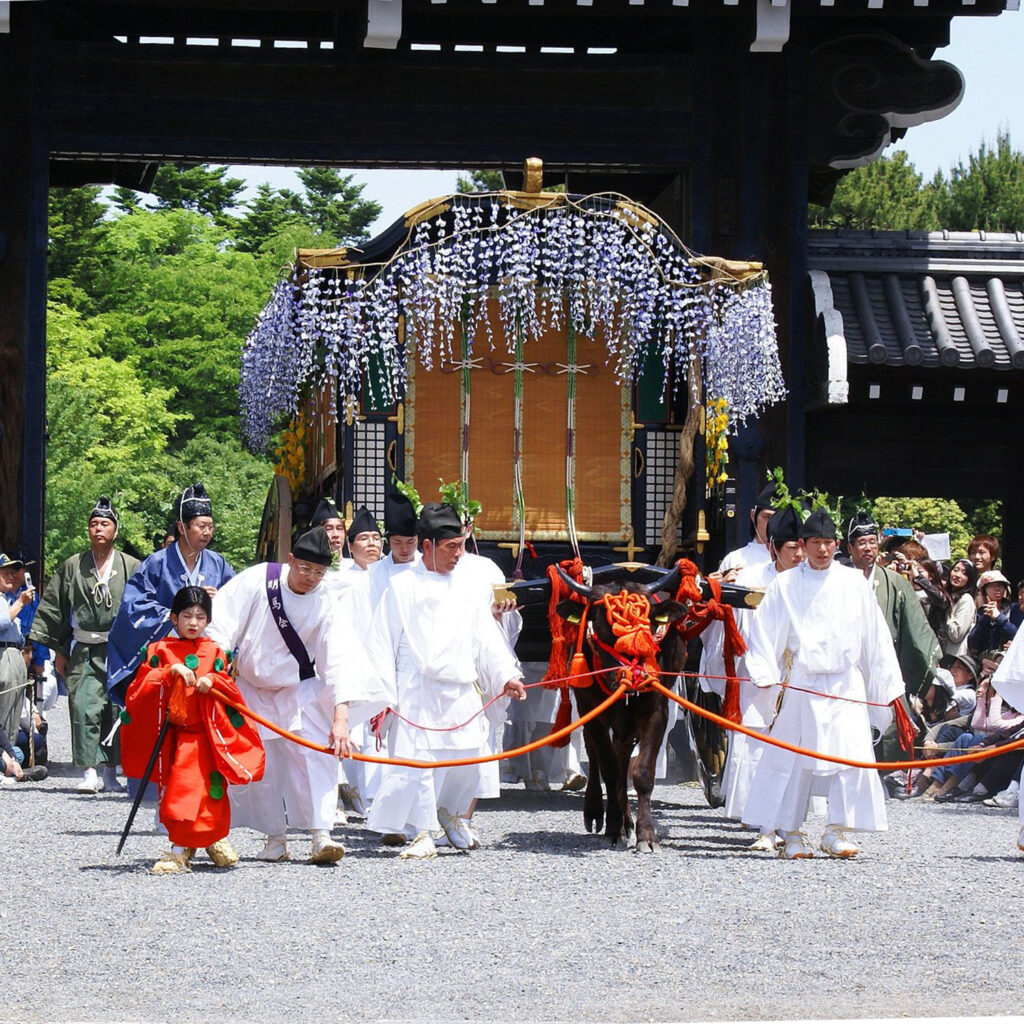The Koromogae (衣替え) is a traditional Japanese event that takes place at the end of summer. It marks the transition from the warm season to the cold season and involves a change of wardrobe to accommodate the changing weather.
The term Koromogae comes from the Japanese phrase “Koromo ga Yoku Naru,” which means “Clothes become comfortable.” It means that people change from summer clothes to lighter and more comfortable autumn clothes. This Japanese custom dates back to the Heian period (784-1185). At that time, Koromogae was practiced in April, May, August, September and October. From the Edo period (1603-1867), the number of Koromogae was reduced to two, in April and October.
Koromogae is often celebrated with feasts and ceremonies, as well as offerings of food and drink to nature gods. It is an important part of Japanese culture that continues to be celebrated today.
This event is considered an opportunity for people to put away their summer clothes and put out their autumn clothes. It is also considered a time to renew and update their wardrobe. In many Japanese institutions (schools, companies, administrations), Koromogae marks the change of uniform from winter clothes to summer clothes and vice versa.
Nowadays in Japan, Koromogae takes place on June 1st and October 1st. It is characterized by employees (salaryman) changing from long sleeve to short sleeve shirts.
The date of this event is however adjusted according to the regions and when the temperatures are far from the seasonal norms. The climate of Hokkaido for example is much colder than Kyushu.



